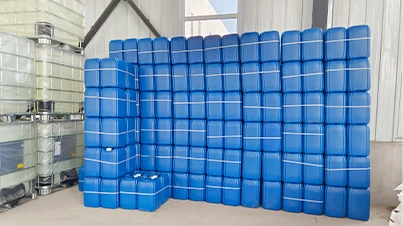polyaluminum chloride coagulant
Polyaluminum Chloride Coagulant An Overview
Polyaluminum chloride (PAC) is a widely used coagulant in water treatment processes, particularly for drinking water purification and wastewater treatment. Its effectiveness in various applications makes it a preferred choice for many municipalities and industrial operations worldwide. Understanding the characteristics, functionality, and advantages of PAC is essential for operators and engineers in the field of water treatment.
Polyaluminum Chloride Coagulant An Overview
One of the primary benefits of using PAC over traditional coagulants like alum (aluminum sulfate) is its efficiency at a lower dosage. PAC has a higher charge density, enabling it to aggregate smaller particles more effectively, which can reduce the amount of chemical needed in the treatment process. This not only makes PAC a cost-effective solution but also minimizes the amount of sludge produced during coagulation, simplifying the subsequent waste management process.
polyaluminum chloride coagulant

Another significant advantage of PAC is its versatility across varying pH levels. It functions effectively in a wider pH range compared to conventional coagulants, which typically perform optimally only in acidic conditions. This adaptability makes PAC suitable for diverse water sources and conditions, offering flexibility for operators in different regions and climates.
The application of PAC extends beyond drinking water treatment. It is also employed in industrial processes, such as paper manufacturing, textile dyeing, and food processing, where efficient removal of solids and impure substances is critical. The use of PAC in these sectors not only enhances product quality but also ensures compliance with environmental standards.
Furthermore, PAC contributes to regulatory compliance by helping to remove harmful contaminants such as heavy metals and pathogens from water sources. As environmental regulations become more stringent, the demand for effective coagulants like PAC continues to grow.
In conclusion, polyaluminum chloride is a powerful and versatile coagulant that plays a crucial role in modern water treatment processes. Its efficiency, adaptability, and ability to enhance water quality make it an indispensable tool in safeguarding public health and protecting the environment. As technology advances and the need for clean water increases, the role of PAC in water treatment will likely become even more critical, solidifying its position in the field.
-
Water Treatment with Flocculant Water TreatmentNewsJun.12,2025
-
Polymaleic AnhydrideNewsJun.12,2025
-
Polyaspartic AcidNewsJun.12,2025
-
Enhance Industrial Processes with IsothiazolinonesNewsJun.12,2025
-
Enhance Industrial Processes with PBTCA SolutionsNewsJun.12,2025
-
Dodecyldimethylbenzylammonium Chloride SolutionsNewsJun.12,2025





